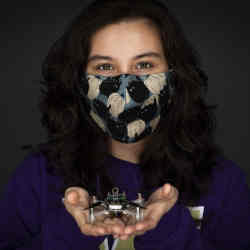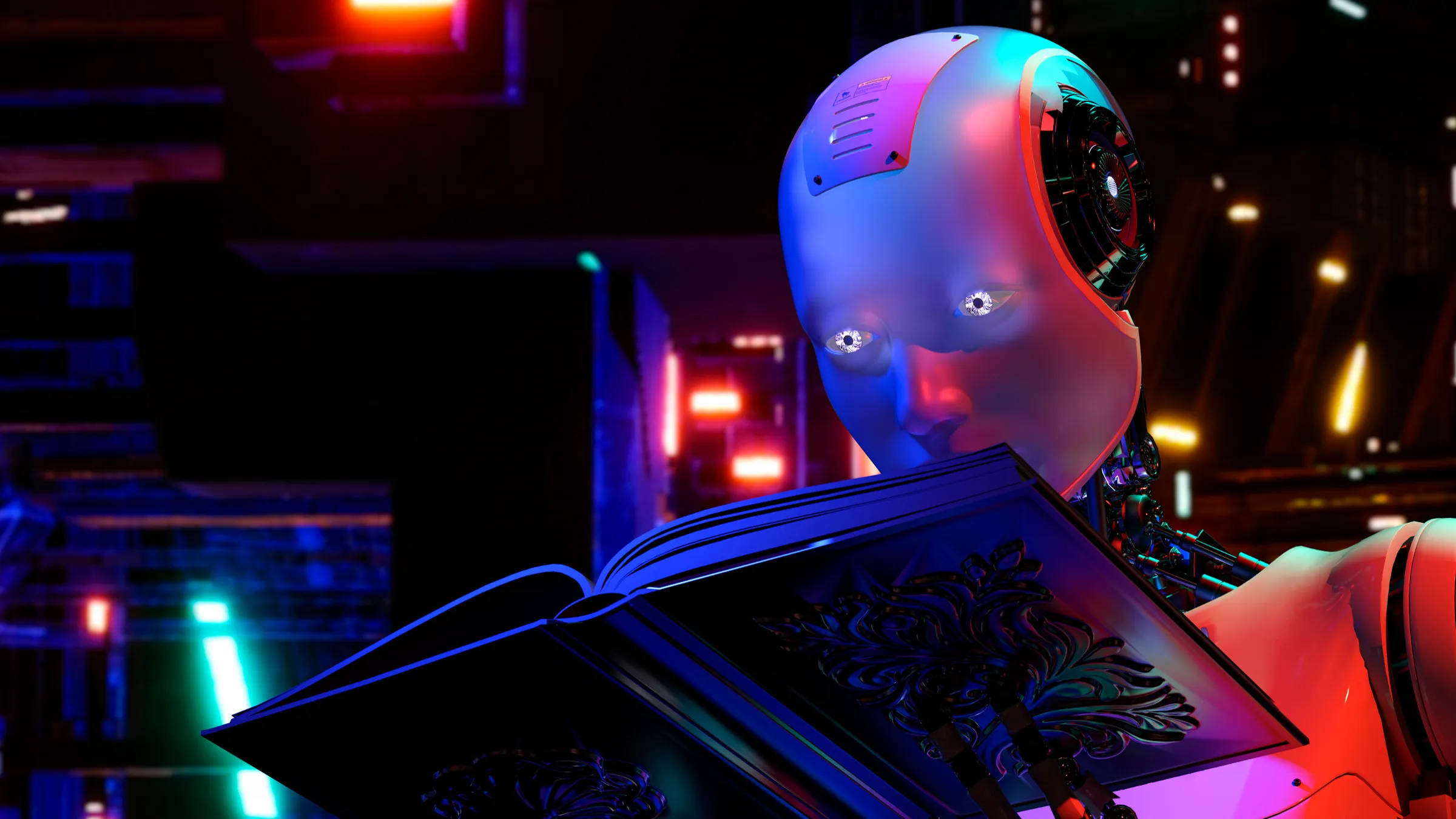
Machine-based sensing has advanced remarkably in recent years, and now is used in an array of devices and systems. Yet for all the gains, silicon still can't match the innate capabilities of a moth or a dog. With hundreds of millions of years of evolution, a biological system wins every time.
Of course, scaling moth antennae and canine noses to check humans for diseases or spot ultra-low concentrations of hazardous particles is not possible. As a result, researchers are exploring ways to fuse biology and silicon into hybrid systems that deliver the best of both worlds.
Using a variety of techniques, including engineering bio-hybrid systems and tapping synthetic biology to grow artificial neurons that can interact with computing devices, they are opening the door to a brave new world.
"Living systems and synthetic systems can each do some things better than the other," says Thomas Daniel, a professor in the department of biology at the University of Washington in Seattle. "By combining them, it's possible to extend beyond the limitations of each."
Beyond Biology
Combining synthetic and living systems is not a new idea. Pacemakers, bionic implants, and other biomedical devices already bridge these two worlds. Now, however, instead of implanting technology inside a lifeform, researchers are exploring ways to place living cells inside silicon-based devices to create sophisticated bio-hybrid systems.
"Insects and certain animals can sense at about five orders of magnitude better than even the best synthetic device," Daniel explains. This makes it possible, for example, for trained dogs to detect COVID or cancer in humans. A moth and other insects can detect a variety of odors that can represent risks.
"The goal is to build devices that use biological sensing to address real-world issues," says Jennifer Talley, senior research biological scientist at the U.S. Air Force Research Lab. Biohybrid systems would detect viruses, diabetes, cancer, toxic chemicals, and other contaminates before they impact humans. They also would help first responders identify dangerous situations, including bombs and terrorist activity, before people are injured or killed.
In 2020, for example, a team from the University of Washington developed a drone, aptly named the Smellicopter, that uses insect antenna from a Manduca sexta hawkmoth to sense specific odors in the environment. Researchers attached the biological and silicon components by inserting tiny wires into the base and tip of the antenna and then using electrodes to measure electrical activity.
Not surprisingly, the use of biological components presents challenges. The antennae in the Smellicopter, for instance, remain biologically and chemically active for about four hours. As a result, biohybrid systems are typically limited to one-time use. This is fine for something like a virus test, but is a problem for more complex devices that would require constant refrigeration and replacement.
It also is a challenge to develop a single device that can handle multiple tasks. "Insects are typically hard-wired to 'smell' or 'see' certain things. You are essentially restricted to what they care about, whether it's food or a mate," Talley says.
Decoding the signals
All of this is leading researchers down a different path. Synthetic biology, including gene editing tools like CRISPR, now make it possible to design bio-hybrid systems. "You grow the sensor you want," Talley says. "By engineering neurons to accomplish a specific task, it becomes a lot easier to develop a functional system."
In fact, systems combining biotech and artificial intelligence are emerging. For example, a San Rafael, CA company called Koniku has developed a way to grow biological neurons that can be used to detect volatile organic compounds in ambient air. The system relies on membrane-bound proteins to detect the particles. The neuron cells perform first-stage signal processing and signal amplification via a synthetic pathway or proprietary circuit.
"We can further modify the neurons creating unique architectures that allow them to sense things in the environment," says Osh Agabi, founder and CEO of the company. A biological module is then inserted, like a cartridge, into a silicon-based system.
Koniku has introduced a device called Konikore that businesses can use for advanced sensing, and is developing a consumer device that detects underlying health issues. "You can change the receptor to detect any type of particle you're interested in," Agabi says. "As the application areas grow, we expect more tasks to be shifted to the biological module."
Another startup, Anderson Biohybrid Systems, is developing a commercial version of the Smellicopter. "A small drone which can locate the source of an odor could be used for anything from locating drugs or explosives to finding trapped survivors in disaster scenarios to even agricultural monitoring," says Melanie Anderson, a University of Washington Ph.D. candidate who was part of the research team that invented the device.
Concludes Daniel. "There is a great deal of promise for this technology across a wide range of fields. It has the potential to change the way we think about sensing things."
Samuel Greengard is an author and journalist based in West Linn, OR, USA.



Join the Discussion (0)
Become a Member or Sign In to Post a Comment